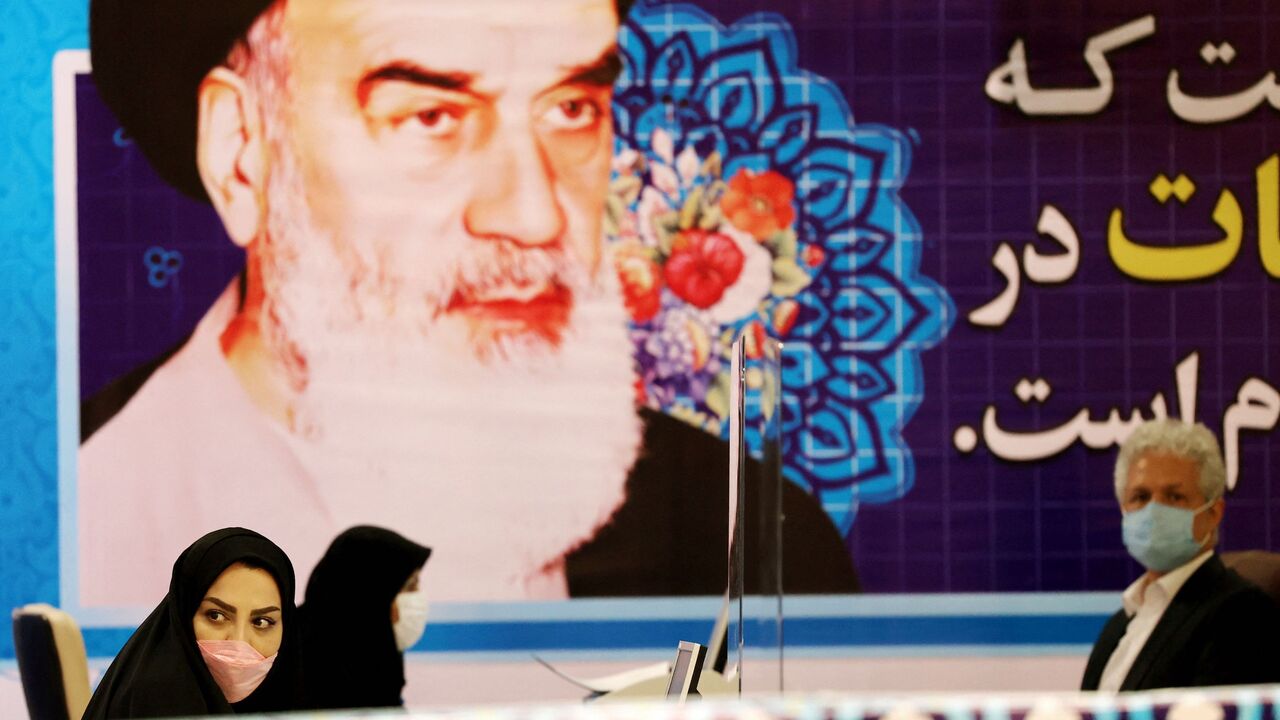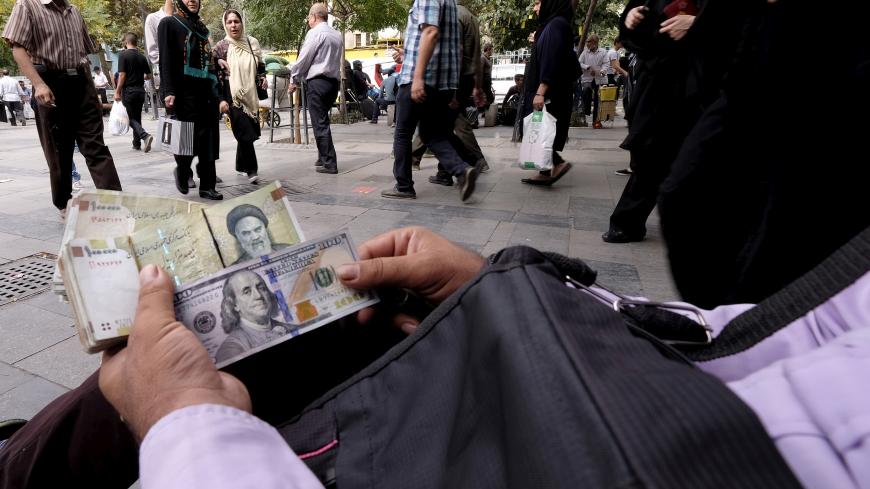How Iran squandered social capital
While the Islamic Republic of Iran in its early days focused on lifting its people out of poverty and improving access to services, the current regime has failed to maintain this social capital.

The Islamic Republic of Iran has been a state based on the revolutionary ideals of social justice, freedom and independence since it ascended to power in 1979. Throughout the first two decades of its existence, the regime managed to generate considerable social capital by lifting the lower-income classes out of poverty and urbanizing a large section of the country’s rural areas, that it is failing now to sustain.
Data shows that the social capital for Iran's urban population that was below 55% in the mid-1980s reached 76% in 2021. There were a number of socio-economic indicators such as life expectancy, access to health services, literacy and higher education that generated widespread legitimacy for the Islamic Republic among the more conservative segments of the population. Also, the application of a subsidy system that would empower the lower social classes was designed to increase the regime’s legitimacy among the mentioned target groups. Consequently, one argument in assessing the survivability of the regime was the fact that it could rely on a strong minority for its support.
Subscribe for unlimited access
All news, events, memos, reports, and analysis, and access all 10 of our newsletters. Learn more
Continue reading this article for free
Access 1 free article per month when you sign up. Learn more.
By signing up, you agree to Al-Monitor’s Terms and Conditions and Privacy Policy. Already have an account? Log in






